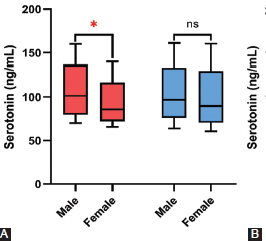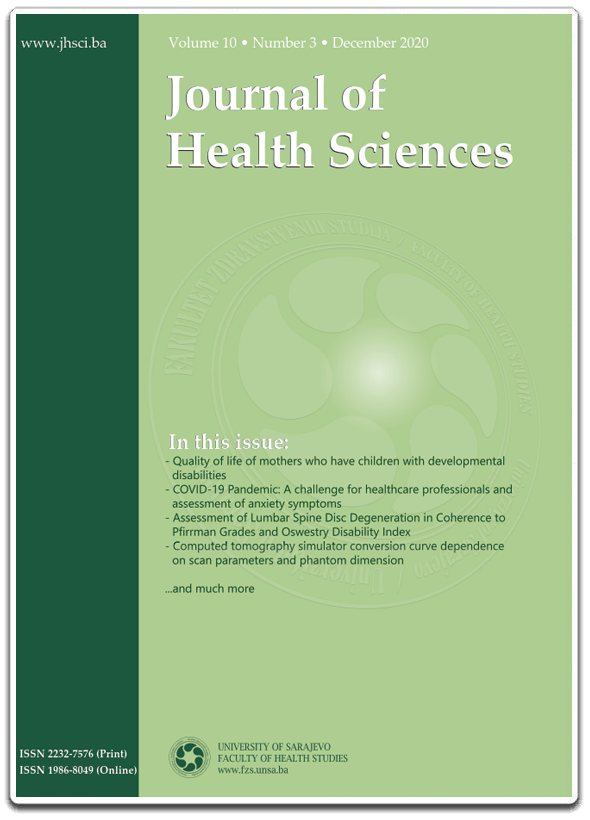Role of serotonin hormone, TIMP-1, and CXCL-1 indiagnosis and differentiation types of irritable bowel syndrome
DOI:
https://doi.org/10.17532/jhsci.2025.2759Keywords:
Irritable bowel syndrome, serotonin, tissue inhibitors of metalloprotein 1 CXC motif chemokine ligand 1, lipid profileAbstract
Introduction: Irritable bowel syndrome (IBS) is one of the most common diseases of the gastrointestinal tract. The diagnosis of IBS depends primarily on the assessment of symptoms as there are no definitive diagnostic tests. Therefore, the current study aims to fill the gap in the sequence of events mechanism to understand the pathogenesis of IBS.
Methods: The current retrospective study was conducted between January and November 2024 and included 120 adults with IBS. It was divided as follows: 60 adults with type C IBS and 60 adults with type D IBS. CXC motif chemokine ligand 1 (CXCL-1) and tissue inhibitors of metalloprotein 1 (TIMP-1) as well as lipid profile and albumin were evaluated, and the relationships between them were examined to accurately diagnose and differentiate the two syndrome types (IBS type C and type D).
Results: The current results showed a significant difference in high-density lipoprotein (HDL), very low-density lipoprotein (VLDL), and triglyceride (TG) levels between IBS with constipation (IBS-C) and IBS with diarrhea (IBS-D). HDL levels were significantly high in IBS-C patients, while VLDL and TG levels were significantly elevated in patients with IBS-D (p < 0.001). Serotonin levels do not express a significant difference among IBS subtypes (p > 0.01). However, TIMP-1 and CXCL-1 levels were significantly elevated in IBS-D patients compared to IBS-C patients (p < 0.001). According to the correlations, a positive, strongly evident correlation between TIMP-1 and CXCL-1 was documented.
Conclusion: CXCL-1 and TIMP-1 could be considered new and important markers for the diagnosis and monitoring of the clinical manifestations of IBS. They can be used to differentiate between the subtypes of IBS and provide insight into the mechanism of IBS development and may eventually help in the development of treatment protocols.
Downloads

Downloads
Published
Issue
Section
Categories
License
Copyright (c) 2025 Mays Nazar, Mustafa T. ALbaldawy, Hamid K. Al-Tameemi

This work is licensed under a Creative Commons Attribution 4.0 International License.










